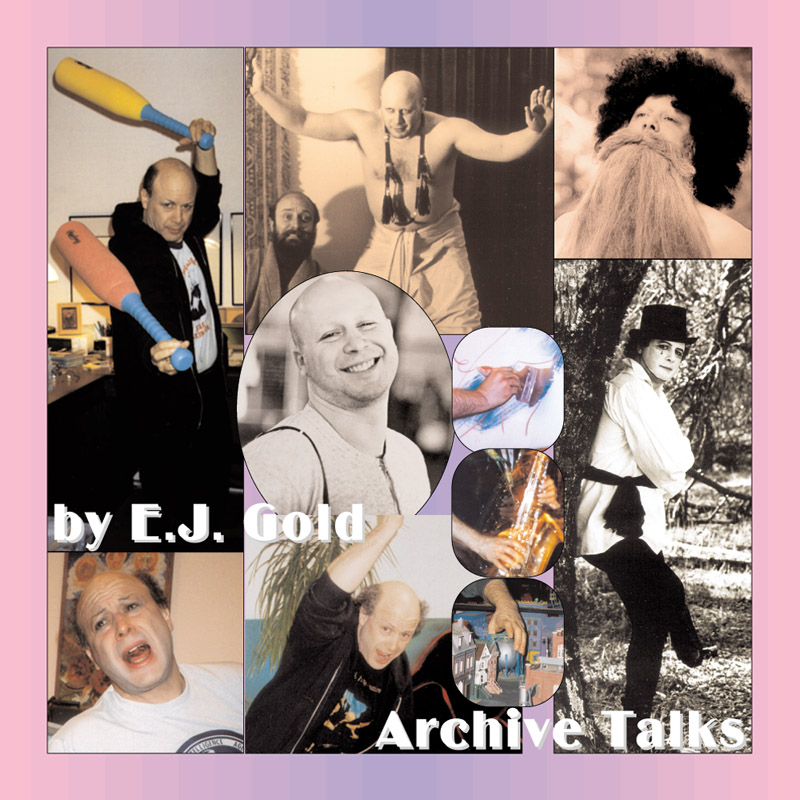

CDT361
Water Color Class (Mini Workshop #59)
Synopsis
The talk covers a range of topics, including the availability of video recordings, the fluctuating prices of goods tied to gas and oil, and an in-depth discussion on watercolor techniques. The discussion shifts from economic observations to hands-on instructions for watercolor painting, emphasizing brush control, pigment application, and managing the unpredictable nature of the medium. The speaker also touches upon their experiences with photography and how its financial demands often necessitate turning professional. The session culminates in a detailed hands-on workshop centered around watercolor practice, discipline, and technique refinement.
Summary
The session opens with an informal discussion about videos available for purchase, humorously touching on the perceived value of media and its relationship to fuel prices. The speaker briefly reflects on economic trends, comparing rising gas costs to broader market fluctuations in commodities like gold.
Transitioning to a more artistic focus, the speaker details their experiences with photography, particularly before the digital era when film development was costly. This segues into the economics of painting, contrasting oil, acrylic, and watercolor costs. The speaker describes watercolor as an aristocratic medium due to its expense and introduces the session’s core focus: watercolor techniques.
Participants are instructed on proper brush handling, different loading techniques to achieve color variation in a single stroke, and the importance of learning the balance between water and pigment. The speaker repeatedly stresses the necessity of practicing brush control and composition, advocating for quick, repeated attempts rather than overworking a single piece. Lessons are structured around learning through rapid iterations instead of correcting mistakes on the same attempt.
The discussion also covers artistic discipline, the psychology of overcorrection, and how fundamental drawing skills impact an artist’s development. A planned future session aims to refine technique further with a limited palette. The session closes with a humorous remark on the unintended dangers of drinking art supplies.
Keywords & Key Phrases
- Watercolor technique
- Brush mileage
- Loading the brush
- Wet-on-wet vs. dry brush
- Calligraphic strokes
- Sumi-e style
- Pigment balance
- Rectitude in watercolor
- Waking state technology
- Economics of painting
- Photography costs pre-digital
- Flat perspective compensation
- Controlled accident in art
- Perceived vs. literal perspective
- Neanderthal brush hold
- Visual suggestion vs. direct statement
- Oil vs. acrylic vs. watercolor
- Value compression in tone application
- Artistic discipline
- Juxtaposing color for contrast
- Hard edge vs. suggested forms
- Minimizing overcorrection
Graphic Prompt
"A dimly lit workshop filled with art supplies, watercolor palettes, and sheets of paper covered in brush experiments. An instructor with expressive, ink-stained hands holds up a small but striking sumi-e style painting. Warm golden light streams through a window, casting elongated shadows on the painter’s table. Nearby, stacked books on art theory and a vintage film camera hint at a broader artistic journey. The air is alive with creative energy, as abstract brush strokes rise like spectral figures from a drying canvas."



